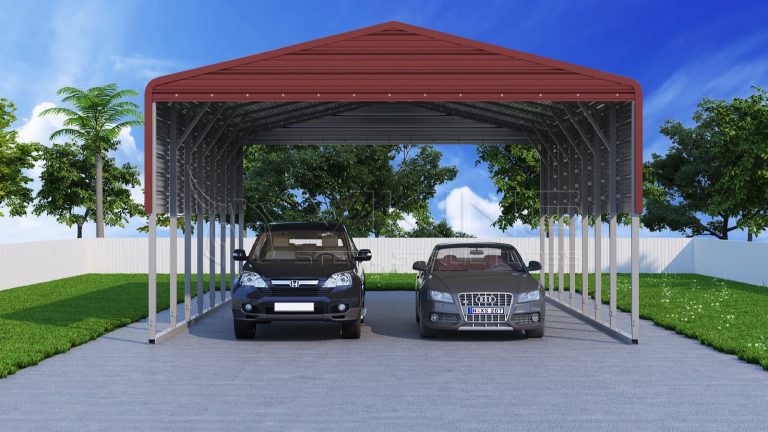How to Curb the Condensation Problems in Metal Buildings?

Why does anyone want to own a metal building?
The main reason for most of the building owners is to have a shelter for their belongings like recreational vehicles, cars, horses, etc. Whether it is being used as a metal farm building, metal sheds or any other steel structure, you will always expect to keep your essentials protected from severe climate conditions, but because of some construction flaws, you might face problems in your building. Moisture and condensation are two of those issues which affect most of the steel structures. So, how can you curb these problems and maintain the durability & strength of your metal building?
Before we learn about some common curatives to condensation, first you should know what causes this problem in your steel building. Humidity is the main reason that is often built due to improper building construction, a heating system within the building, etc. Two types of condensation are commonly known:
Visible Condensation: It is widely known as surface condensation as it condenses on the visible surface, which has a temperature below dew point temperature. It is commonly seen on windows, walls and even wall corners of the building. When the air temperature gets saturated with moisture, it starts condensing on the surface.
Concealed Condensation: Concealed condensation is more problematic than the visible condensation which is commonly found in the wall and roof cavities. It occurs when moist air passes within a metal structure and condenses on its surface.
How can you address condensation issues and make your metal building safe from such attacks? Tips below will help you sort this problem from the root.
Use Proper Insulation: Significance of insulation is to regulate building temperature that dispels condensation occurrence. Apart from this, insulation is also crucial to maintain the inner temperature of the building when the outside temperature fluctuates during day and night. It is also beneficial to prevent moisture to seep in a building, causing damage to its inner structure as well as develop condensation.
Also Read: Consider Steel Building Structure But Avoid These Insulation Mistakes
Ensure Strong Foundation: In your steel structure, if you have a loose foundation, or it is not waterproof, there are chances that your building will be affected by the condensation problem. When you are using cement to strengthen your building foundation, make sure it isn’t more than 1-2 inch wider than the shed. You should also take care of proper cement curing as too early installation may transfer the water from cement to your metal workshops, and condensation process will start affecting your building structure.
Put Under Staging Vapor Barrier: Vapor Barrier is a form of an impermeable layer which is placed between two layers to build a barrier within. In places where moisture transfer from the ground, you need under staging vapor barrier between the ground slab and subfloor. This is a common way to retard vapors from entering your metal structure through the surface and cause condensation issues.
Use Good Sealant: Metal structure joints and seams are two points where sealant must be applied to halt inlet of moist or condense air. Instead of entering your building, it will roll over metal surface and won’t hamper your building from inside. Similarly, during rainy season sealant ensure easy water runoff from the roof. Silicon and Mastic are commonly used sealants in the metal industry.
Don’t Forget to Include Vents: Air circulation is always essential to regulate internal building temperature with outside. In case when moisture enters from one end of your building, it will be easily moved out of installed air vents. This will facilitate your building with proper air circulation that will keep it natural and healthy inside.
Use Dehumidifier: When you don’t want to invest more in building renovation, a dehumidifier is the recommended solution. Dehumidifier works more like an Air Conditioner that absorbs moisture from the air and emits clean air, but you should try afore-mentioned points before installing a dehumidifier in your building. Reason being, it runs on electricity, which will cost you more than other solutions.
So, which of these options have you used to secure a metal structure from moist or condense air? Above all, to keep your building safe from unexpected problems, you are always suggested to consult an authorized metal building dealer or take assistance ahead of installing by yourself.

Looking for a metal building that fits your needs?
